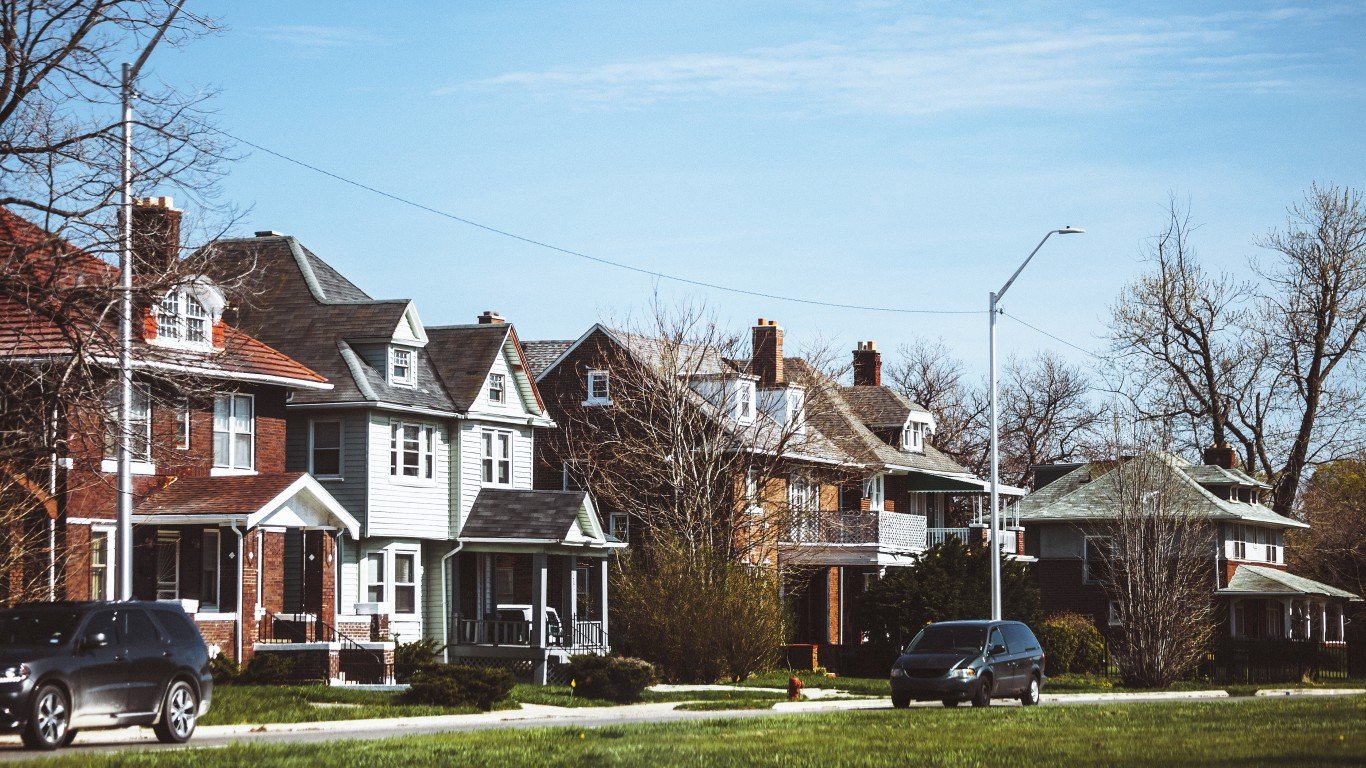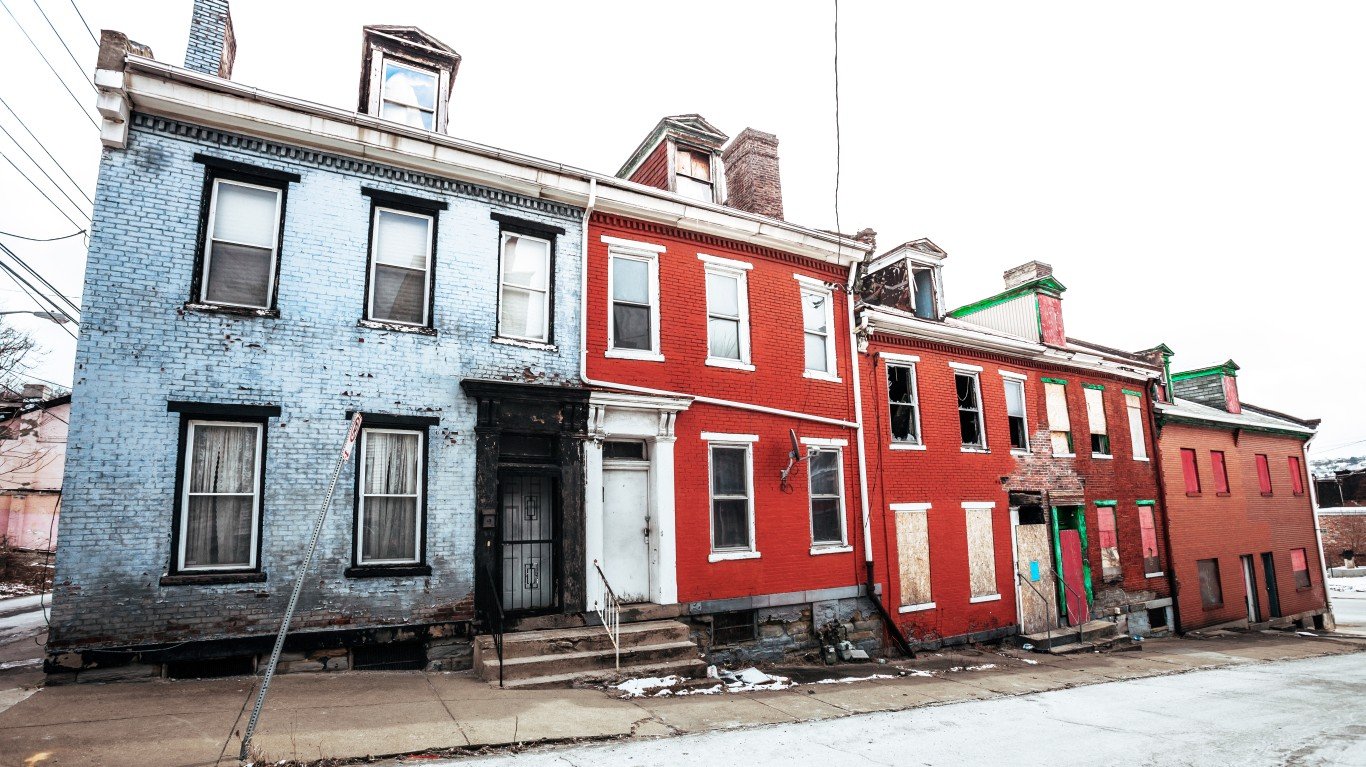 Mortgage foreclosures are either getting better or worse, depending on the point of view. Realty Trac, which keeps monthly figures on defaults and forecloses, said that there were 333,837 in April. That was down 9% from March, but only 2% from the same month last year–a number that is statistically inconclusive.
Mortgage foreclosures are either getting better or worse, depending on the point of view. Realty Trac, which keeps monthly figures on defaults and forecloses, said that there were 333,837 in April. That was down 9% from March, but only 2% from the same month last year–a number that is statistically inconclusive.
RealtyTrac’s topline numbers include actual foreclosures and some default notices. The firm broke them into two pieces as it evaluated the April data. The research operation released a statement saying “bank repossessions, or REOs, hit a record monthly high for the report even while default notices dropped substantially on a monthly and annual basis.” The statistics are awful by either measure. One out of every 387 housing units in the US received a foreclosure file in April
RealtyTrac reported the figures in segments. “A total of 103,762 properties received default notices (NOD, LIS), a decrease of 12 percent from the previous month and a decrease of 27 percent from April 2009. Foreclosure auctions (NTS, NFS) were scheduled for the first time on a total of 137,643 properties during the month, a decrease of 13 percent from the previous month. And Bank repossessions (REOs) hit a record monthly high for the report in April, with a total of 92,432 properties repossessed by lenders during the month.”
The situation continues to get much worse in the regions of the country that have been hit hardest by the housing catastrophe. Nevada, Arizona, and Florida are still the states with the highest foreclosure rates. RealtyTrac reported that “California, Florida, Michigan, Illinois and Nevada accounted for 52 percent of the national total” of foreclosures.
There is still very little reason to believe that the housing market is getting better. The RealtyTrac numbers are on a pace to be above 3 million this year which would be higher than the 2009 number.
Despite federal mortgage modification aid from the $75 billion Homeowner Stability Initiative, default rates on homes in the program have continued to rise. Eleven million mortgages in the US are underwater. The lack of equity value in homes is probably the cause of many people abandoning their houses for banks to take over. That caused the size of the nation’s unsold home inventory to rise. Just five years ago, homes were considered a source of capital and retirement income. Most if not all the benefits of home ownership have disappeared.
It is particularly depressing that the housing situation is worsening because mortgage interest rates are near all-time lows–around 5%. And, the federal government is offering tax incentives to first-time home buyers. Interest rates are likely to rise as the federal government continues borrowing to finance its deficit. At some point the Fed will raise rates to fight inflation which will almost certainly come with more rapid GDP growth. And, the federal government will not offer buyers incentives indefinitely.
One of the most obvious causes of the housing market trouble is that nearly 10% of Americans are unemployed and many more are working part-time or have given up looking for jobs completely.
The ingredients for a recovery of home purchases and house price increase are not in the market at all. The RealtyTrac figures are going to remain dismal for a long time.
Douglas A. McIntyre
Take This Retirement Quiz To Get Matched With An Advisor Now (Sponsored)
Are you ready for retirement? Planning for retirement can be overwhelming, that’s why it could be a good idea to speak to a fiduciary financial advisor about your goals today.
Start by taking this retirement quiz right here from SmartAsset that will match you with up to 3 financial advisors that serve your area and beyond in 5 minutes. Smart Asset is now matching over 50,000 people a month.
Click here now to get started.
Thank you for reading! Have some feedback for us?
Contact the 24/7 Wall St. editorial team.



